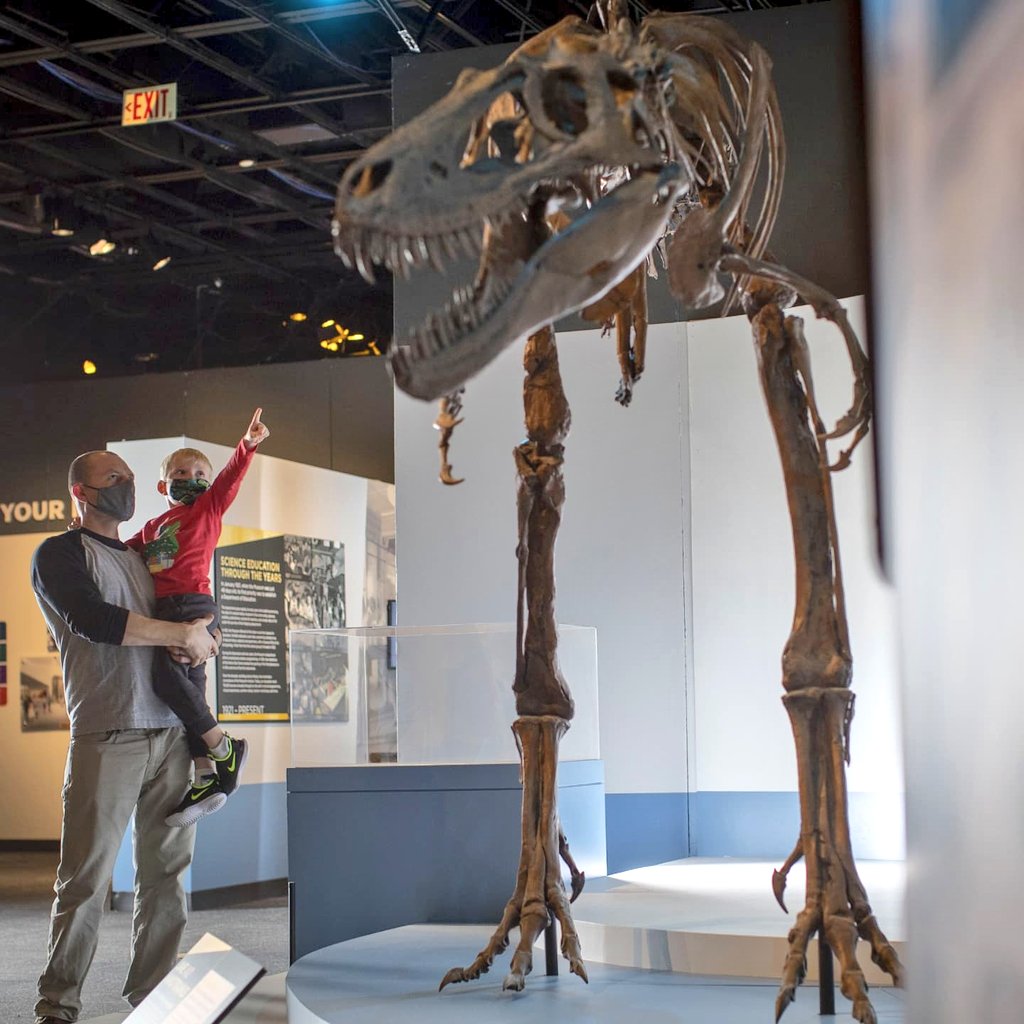Museums Take Advantage of Nontraditional Exhibits While Their Doors are Closed
Nontraditional exhibits are certainly not new. But with many museums closed or operating at reduced capacity because of the pandemic, they have become more vital than ever. Over the past year, museum professionals have had to find ways to engage with visitors other than traditional exhibits within physical spaces. This has led to more museums engaging with opportunities to share their collections outside of their walls, whether it’s online, on an app, or outdoors.
Online Exhibits
In our previous post, “Virtual Programming is Here to Stay – and so are Its Audiences,” we discussed how many museums have turned to virtual programming in the face of the pandemic. This is the most straightforward type of non-traditional programming, especially as so much in our daily lives has transitioned to the Internet – from work meetings to doctor visits. While virtual exhibits don’t offer the same experience of being physically close to the artwork or historical artifacts, they do open up a museum to a much wider audience as visitors don’t need to be in the same country, let alone city, to visit them.
A fantastic current example is the University of Michigan Museum of Natural History’s “Whale Evolution: From Land to Sea,” created in partnership with Saganworks. This online exhibit allows visitors to move through a 3D immersive environment and explore a whale skeleton, along with other fossils. The 3D room is set up like a gallery with panels of information and videos to watch, along the edges.
The Country Music Hall of Fame currently has two exciting virtual exhibits. The first, “Suiting the Sound” showcases the work of rodeo tailors with lots of photographs. The second, “Dylan, Cash, and the Nashville Cats: A New Music City” was adapted from an in-person exhibit a few years ago. It features photographs, videos, and audio recordings.
Outdoor Exhibits
Another great alternative to indoor exhibits is outdoor art installations. These have always been popular, but present new benefits now during an age of social distancing. Not only are they often free of charge (a great benefit for visitors, especially those who have felt the economic impacts of the past year), but they’re more easily explored on one’s own terms. Two unique recent ones are the “Cryptid Critter Crawl” at the Children’s Museum of Pittsburgh and “LUMINEX: Dialogues of Light” in Los Angeles.
The former is a set of eight installations on the Children’s Museum of Pittsburgh campus featuring creatures from folklore, like Big Foot and the Mothman. A website (accessible via QR code on signage by the art pieces) provides backstory on the creatures, a map, coloring sheets and more. Another perk of the exhibit being outdoors is that it’s available at any hour of the day.
On April 10, LUMINEX lit up downtown L.A. for a walkable exhibition. The NOW Art Foundation curated this set of works by six artists using different digital mediums. The pieces addressed themes ranking from the environment to inclusivity. For a city that has been hit particularly hard by the pandemic, it was an opportunity to engage with art in a safe and free manner.
Augmented Reality
Augmented reality can also be a fantastic conduit for delivering museum-type experiences to people within their own homes. Augmented reality layers digital augmentation over a real-life environment. It can be something as simple as a Snapchat filter and doesn’t require any special equipment beyond a smart device, making it more accessible than other forms of virtual reality. It has been used for museums for years, often to provide additional information about an artifact than fits on a label. The Museum of London has notably used it for many purposes, including allowing visitors to get an idea of what Roman London would have looked like while walking around the city.
There are also an increasing number of augmented reality applications that can be used outside of museums, to bring content directly into a user’s home. David Attenborough’s Natural History Museum Alive in 2014 has been adapted to an AR app that can be used anywhere. Once downloaded, the app brings to life three scenes of extinct animals with Attenborough’s narration. It’s an excellent way to bring these creatures, often hard to conceptualize even when looking at fossils, to life.
Another great example of imaginative AR is an app launched by the Black Learning Achievement and Mental Health (or BLAM) non-profit. This British organization is focused on providing history education and the app History Bites shows statues of Black historical figures with information about their lives and achievements. It’s a great way to learn more about Black history, while also highlighting the lack of statues dedicated to figures like these.
It’s impossible to know yet what the lasting effects of the pandemic will be on the museum industry. But it seems likely that museums will continue to think outside the box and use what they learned about how to grow their audiences during quarantine as they go forward. Especially now, as they continue to shift their practices in response to the pandemic, museum experiences don’t have to be confined to physical spaces. Virtual, outdoor, and AR exhibits are just a few examples of ways that visitors can interact with museum content from outside of a museum.
Using nontraditional means like virtual, outdoor, and AR exhibits is also a great opportunity for museums to connect with audiences who might have preconceived notions about traditional exhibits or those who have trouble making it to museums for mobility issues. Children may be much more interested in an outdoor exhibit or an AR application than spending time in an indoor gallery.
When designing new exhibits, museum professionals should take time to contemplate if their topic and reach is best suited for a traditional gallery exhibit or something a bit different. With the pandemic easing up, it’s vital that museums take note of what connected them to new audiences during quarantine and continue to utilize them going forward.












